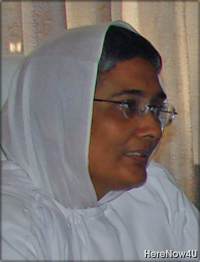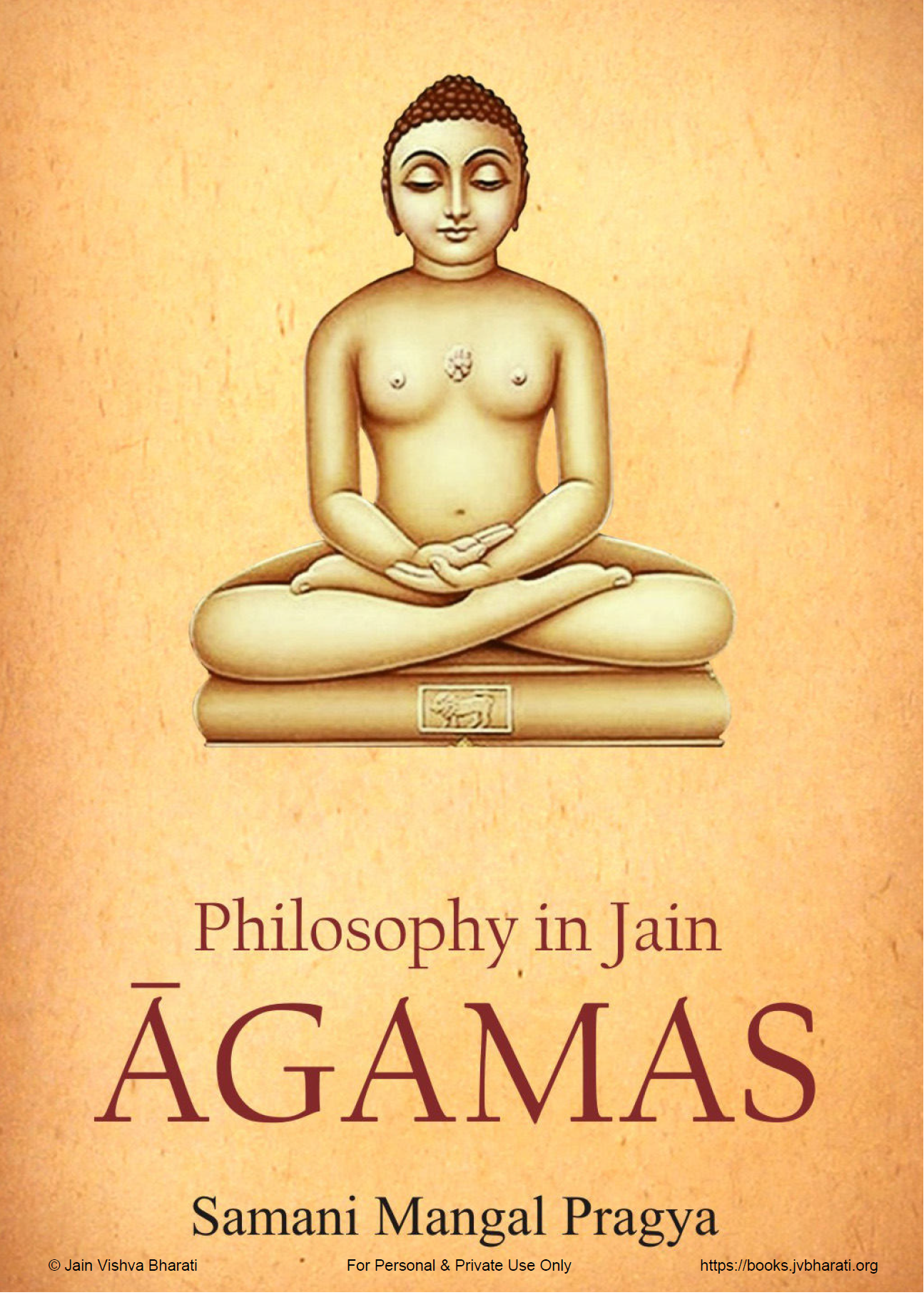According to Digambara tradition, āgamas are of two types-Aṅgabāhya and Aṅgapraviṣṭa. Śvetambara tradition believes, that Aṅgabāhya is divided into fourteen divisions i.e. Sāmāyika, Caturvinśatistava etc. and aṅgapraviṣṭa has twelve divisions like Acārāṅga, Sūtrakṛtāṅga etc. The only difference found in the list of twelve aṅgas is that the title Nāyādharmakathā is found in place of Jñātādharmakathā. Dṛṣṭivāda has five divisions- Parikarma, Sūtra etc. Parikarma is again divided into five divisions- Candra prajñapti, Sūrya prajñapti, Jambūdvīpa, Dvipsāgara prajñapti and Vyākhyā prajñapti. In Sūtra division, there is a description about jīva, trairāśikavāda, niyativāda, vijñānavāda, śabdavāda, pradhānavāda, dravyavāda and puruṣārthavāda. In Prathamānuyoga, there are the teachings of purāṇa. Pūrvagata has the description of origination, persistence and cessation (utpāda-vyaya-drauvya) and it is of fourteen kinds. Cūlikā has five divisions- jalagatā, sthalagatā, māyagatā, rūpagatā and ākāśagatā.[1]
They have a marked difference from the parikarma etc. of śvetāmbara tradition in respect of names, divisions and also in respect of contents- Samavāyāṅga states seven types of Parikarma like siddhaśreṇika, manuṣyaśreṇika etc.[2] Sūtra is believed to have eighty eight divisions like Ṛjuka, Pariṇatapariṇati etc.[3] Digambara tradition calls Prathmānuyoga, which is known by the title Dharmakathānuyoga in Śvetambara tradition. Anuyoga is classified into prathamānuyoga and kanḍikānuyoga.[4] The Pūrvagata possesses fourteen pūrvas as it is advocated by both the Śvetambara and the Digambara tradition. In Śvetambara tradition, the eleventh pūrva is 'avanjha'[5] whereas it is Kalyāṇavāda in the Digambara tradition. According to Śvetambara tradition, the first four pūrvas possess cūlikās whereas the rest do not have them.[6] It holds that cūlikās are included in pūrvas whereas the Digambara believes that cūlikās have no link with pūrvas. The first three divisions of parikarma as accepted by the Digambara tradition fall under upāṅga category in the Śvetambara tradition. Dvīpasāgar Prajñapti has also been mentioned under the division of kālika of Āvaśyaka vyatirikta in Nandī.[7] In Digambara tradition also, the fifth aṅga is Vyākhyāprajñapti and the name of the fifth division of Parikarma is also Vyākhyāprajñapti. In Śvetambara tradition, however the fifth aṅga is Vyākhyāprajñapti but nowhere else the text by this name is found.
According to Digambara tradition, except few portion of Dṛṣṭivāda, all the other aṅgapraviṣṭa and aṅgabāhya texts are lost. The survived portion of Dṛṣṭivāda is available in Ṣaṭkhanḍāgama and Kaṣāyaprābhṛta.
Even though Digambara tradition, accepts the loss of all āgamas, yet it gives due importance to these texts as āgamas. Considering them as Jain Vedas, they have divided them into four parts. Brief introduction to them is as follows:
| 1. Prathamanuyoga | : | Padmapurāṇa, Harivaṃśapurāṇa, Adipurāṇa, Uttarapurāṇa |
| 2. Karaṇānuyoga | : | Sūrya prajñapti, Candra Prajñapti, Jayadhavalā |
| 3. Dravyānuyoga | : | Pravacanasāra, Samayasāra, Niyamasāra, Pañcāstikāya, Tatthvārthādhigama Sūtra, Apta Mīmānsā, etc. |
| 4. Caraṇānuyoga | : | Mūlācarā, Trivarṇācāra, Ratnakaraṇḍaka, Sravakācāra[8] |
Ṣaṭkhaṇḍāgama and Kaṣāyaprābhṛta are accepted as āgama in Digambara tradition. In the very name 'Ṣaṭkhaṇḍāgama ' the word āgama has been used. These two texts are the parts of 'Dṛṣṭivāda'. This is the assumption of Digambara tradition. A brief introduction of these texts is presented here.
 Dr. Samani Mangal Pragya
Dr. Samani Mangal Pragya
